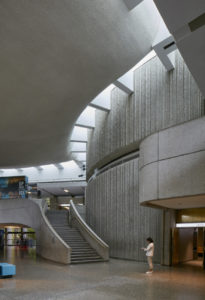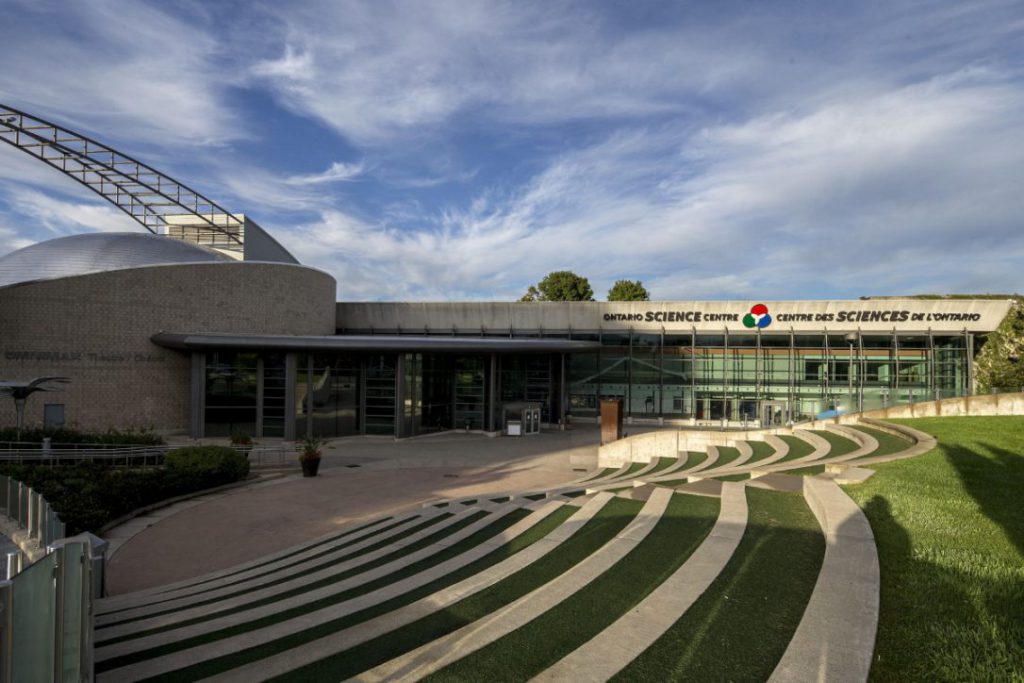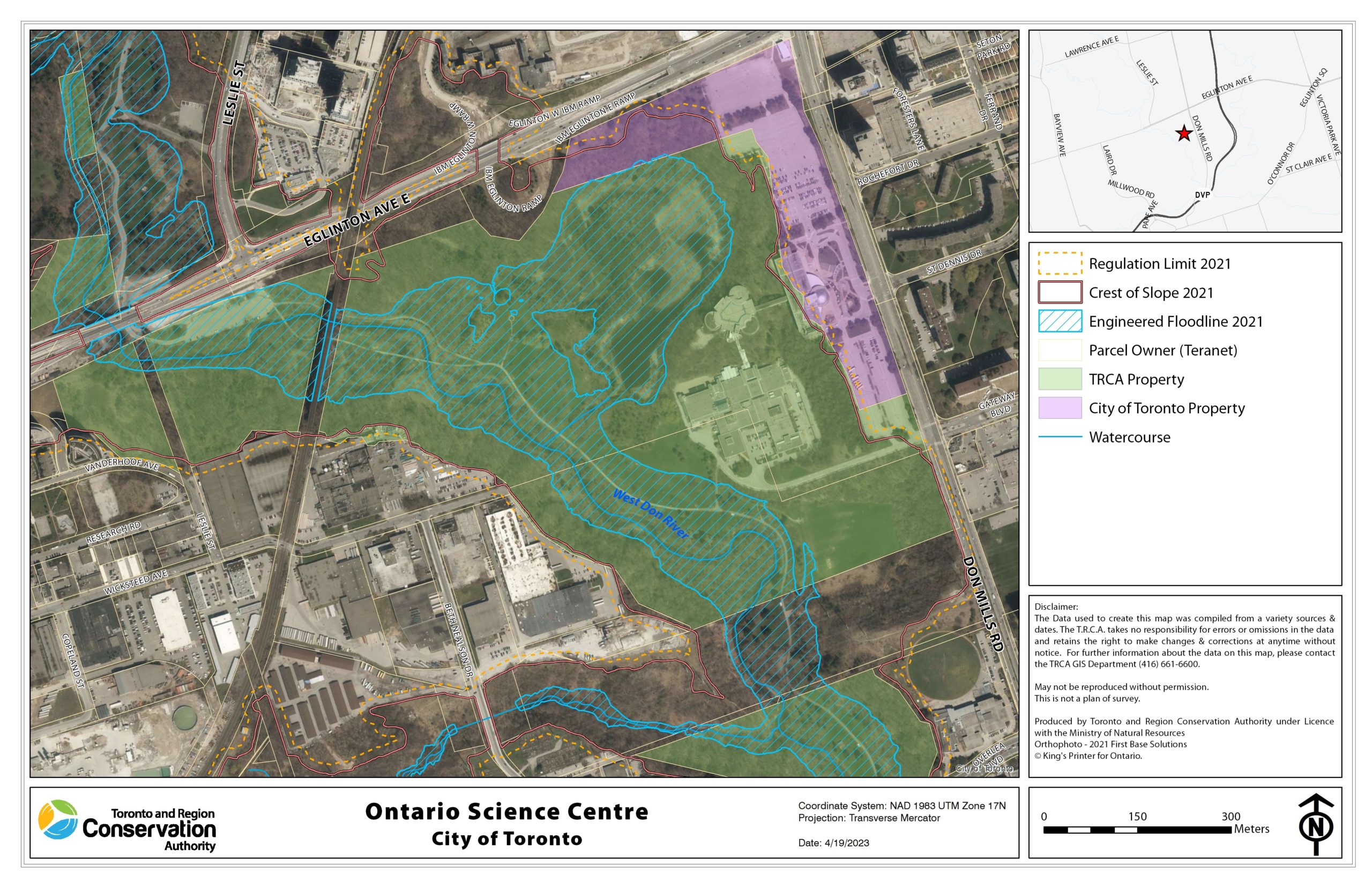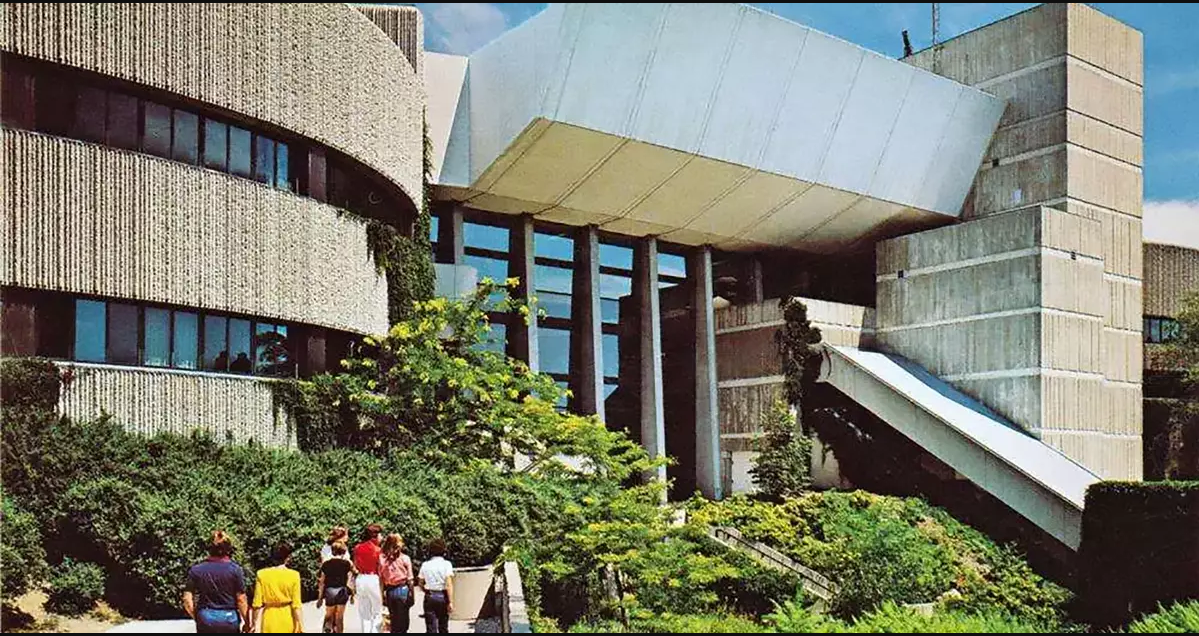Update in 2024 – Past Listings at Immediate Risk: Click Here
The National Trust for Canada is bringing attention to the connection between climate and heritage conservation by naming a handful of places facing demolition to the Endangered Places List. Trashing structures and their materials is a luxury that Canada can no longer afford. With the climate emergency and biodiversity loss the most pressing issues of our time, and the Worldwatch Institute estimating that the planet will have run out of many raw building materials by the year 2030, every decision about the future of an existing building needs careful scrutiny.
Heritage and climate advocates can agree that the loss of these places would send a strong message about the premature obsolescence and disposability of existing buildings – regardless of heritage status, age or personal taste. Without action, people, places and planet are at increasing risk of devastating climate impacts.
In April 2023 the Ontario provincial government announced that it plans to demolish the Ontario Science Centre in Toronto, and construct housing on the site. The Ontario Science Centre contents will move to become part of the redeveloped Ontario Place, which has also previously been listed on the National Trust’s Endangered Places List. This controversial declaration of demolition without public consultation is opposed by heritage, housing, and environmental advocates alike.
Opened in 1969, the Ontario Science Centre was designed by renowned architect Raymond Moriyama as an Ontario project for the Centennial celebrations, looking to establish a unique Canadian architectural identity. The complex was specifically built for its site, responding to the changing levels of the Don River ravine and creating a unique relationship between building and landscape.
It was one of the first interactive science museums in the world and is a high-profile attraction and important community hub in North York. The building is currently listed on the City of Toronto’s Heritage Register but does not have a formal heritage designation. Even if designated, Ontario’s recent More Homes Built Faster Act (Bill23) would enable demolition and rezoning of heritage resources for the purpose of development. This sweeping legislation is putting heritage and natural resources across the province at risk.
Further development of the Science Centre site is being flagged as ecologically impossible by environmental conservation groups. According to the Toronto and Region Conservation Authority, the land is not usable for any kind of housing owing to its proximity to a ravine and the wildlife that use the area for nesting. The area immediately surrounding the Science Centre includes the Don River, ravine lands, sensitive habitats, floodplain designation, and watercourses.
Why it matters:
Trashing these structures and their building materials is a luxury that Canada can no longer afford. With the climate emergency and rapid biodiversity loss the most pressing issues of our time, and the Worldwatch Institute estimating that the planet will have run out of many raw building materials by the year 2030, every decision about the future of every existing building needs careful scrutiny.
Canada shamefully leads the world in per capita garbage production – 36.1 tons per person (the US is at #3 with 25.9 tons) – with construction and demolition waste estimated to be at least 27% of our waste stream. An estimated 2,752,000 tons of wood CRD waste, much of it irreplaceable old-growth lumber goes into landfill. Vancouver for instance saw 23,485 of 68,000 single-family homes in the city demolished between 1985 and 2014.
The construction and building operation sector is the world’s largest single source of energy use and emissions – 39 percent of the carbon footprint worldwide – and offers the opportunity for dramatic decarbonization returns. While most carbon mitigation efforts focus on reducing emissions from building operations (28% of emissions), the carbon in building materials represents 11% of embodied emissions. The greatest GHG and environmental impact reductions can be achieved by extending the life of existing buildings and reusing them in situ – “the greenest building is the one that already exists” – and creating new durable buildings capable of adapting to new uses over time. Rewards would not only include carbon emission savings, but also the avoided impact of resource extraction on natural heritage and Indigenous cultural landscapes. Canada has a vast carbon sink of older or heritage buildings to maintain and capitalize upon. In contrast, studies have established that it takes up to 80 years for a new “green” building to overcome the carbon impacts of its construction. Without action, people, places and planet are at increasing risk of devastating climate impacts.
What needs to change:
We are in the midst of a climate crisis and immediate action is paramount. Canada needs policies that will have immediate positive impacts on GHG emissions – and also create jobs and a strong economy. The recycling and re-use of existing buildings, our largest consumer good, offers an exceptional and largely ignored opportunity to achieve these goals.
However, building reuse is still not the norm in Canada, with resource- and carbon-intensive demolition and construction of new buildings offering the path of least resistance for the construction industry and for buyers. The barriers to reuse take many forms, including:
- Regulatory barriers – zoning, planning regulations, and prescriptive rather than performance-based building codes can stifle reuse and drive neglect;
- Physical or Technical barriers – building rehab costs inflated by deferred maintenance, or limited availability of heritage professionals to reveal reuse opportunities and reduce risk;
- Cultural barriers – construction industry practice is biased to new construction, and the real estate market practice perpetuates premature building obsolescence; and
- Economic barriers – obtaining bank financing for adaptive reuse can be challenging, and property tax and income tax treatment spur demolition.
Disincentivizing demolition and accelerating building reuse and retrofit through financial incentives, stricter demolition permit review, and the requirement for Whole Life Carbon Accounting (WLCA) in development decisions, offers a crucial pathway to achieving Canada’s climate goals. Spurring the reuse and retrofit of older/heritage buildings also reduces the impact on the environment (including Indigenous cultural heritage) of unnecessary resource extraction.
Recommended actions:
All citizens can take action in our communities. Ask your municipal councilor about new tools to make building reuse the new normal, such as: curbing “as a right” demolition permits and strengthening demolition review policies; prioritizing materials conservation by requiring deconstruction if demolition is unavoidable; creating more building reuse incentives, including priority planning approval for reuse projects; creating vacant building by-laws that spur owners of derelict buildings to invest or divest.
Governments, Institutions, and the Private Sector can ensure that the material value of older buildings is recognized, and climate impact of building reuse versus new construction duly considered, by requiring Whole Life Carbon Accounting (WLCA) in their laws, regulations, and policies affecting construction and demolition.
Federal and Provincial-Territorial Governments can contribute significantly to Canada’s decarbonization goals by correcting biases in their tax systems that make premature building demolition attractive. For example, the federal government can update terminal loss, capital gains, and recapture of depreciation provision. Provincial-territorial governments should address property tax measures encouraging demolition.
The Federal Government can introduce a new tax incentive modelled on the US Federal Historic Preservation Tax Incentive to encourage the private sector to invest in the rehabilitation and reuse of older and heritage buildings.
Location: Toronto, Ontario
Endangered Places List: 2023
Status: Endangered




